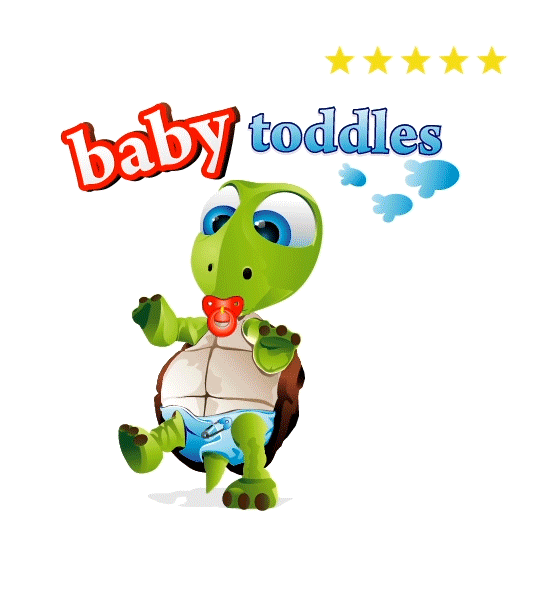Although any child displays anxiousness in their own way, some common indicators include concern with security for themselves or another loved ones (frequently his or her mom and dad), stress about upcoming events, being quickly startled, clinging to parents, sleep problems, and physical indicators such as headaches or tummy aches without having obvious cause. You can learn about indicators of excessive anxiety at kids with anxiety.
While the root cause of anxiety disorders isn’t known for certain, it can be more common in a few households as opposed to others. This might be to a degree inherited, additionally it could be due to learned patterns. As an example, if the child’s parent or guardian is afraid of bugs, the kid will be fearful of them as well. It’s tough to separate genetics from upbringing .
One distinction between youngsters, especially young children, and older people struggling with an anxiety disorder is that older people commonly realise that his or her nervousness isn’t warranted by the circumstances. This doesn’t suggest they’re any less stressed, but at least they’ve some comprehension. Kids don’t have this point of view. In the same way it is sometimes difficult for them to distinguish illusion from fact, they can have trouble realizing that their fear is out of proportion to the circumstances.
If your child has some of the indicators we described, especially if they’re continual, it is important to think about treatment for child anxiety a number of good reasons. For starters, your son or daughter is unhappy when they’re continually stressing. For another, excessive stressing could become an ingrained habitual pattern, one that will be difficult to modify as it becomes firmly established. If the stress and anxiety dilemma isn’t addressed, chances are great that the child will continue to have issues with anxiety through their teenage years into adulthood.
Obviously, you want to help your child with anxietyUse your own judgment , but one issue I’d be cautious about is leaping to using medications immediately. Regretably, that is a standard response to just about any issue in our culture. The result is too many children on prescription drugs. Aside from possible unwanted side effects, this solution doesn’t offer the child the inner resources and abilities they’ll need to deal with life’s highs and lows. The solution to the majority of life’s troubles doesn’t come in a bottle of drugs. It’s better to use some of the treatments described at anxiety free child review.

